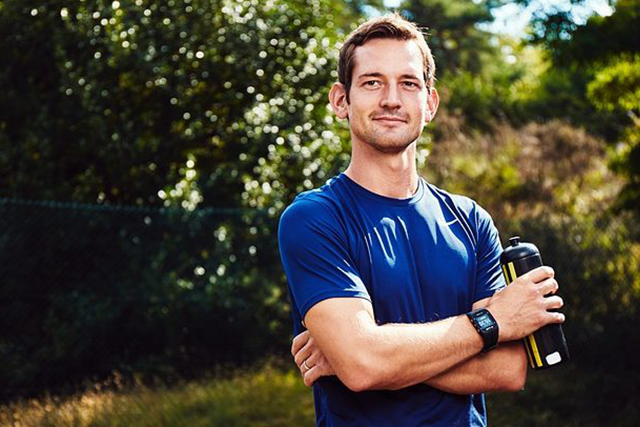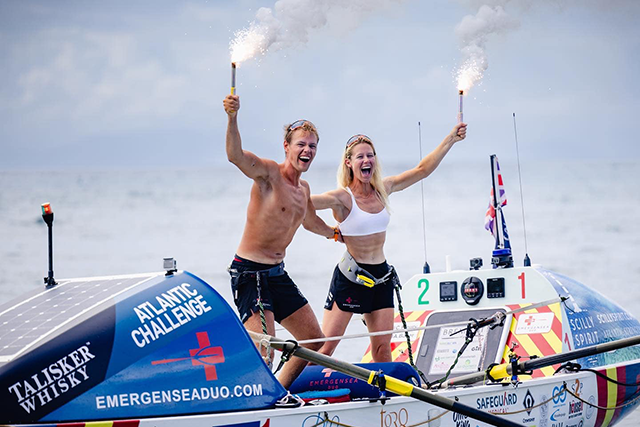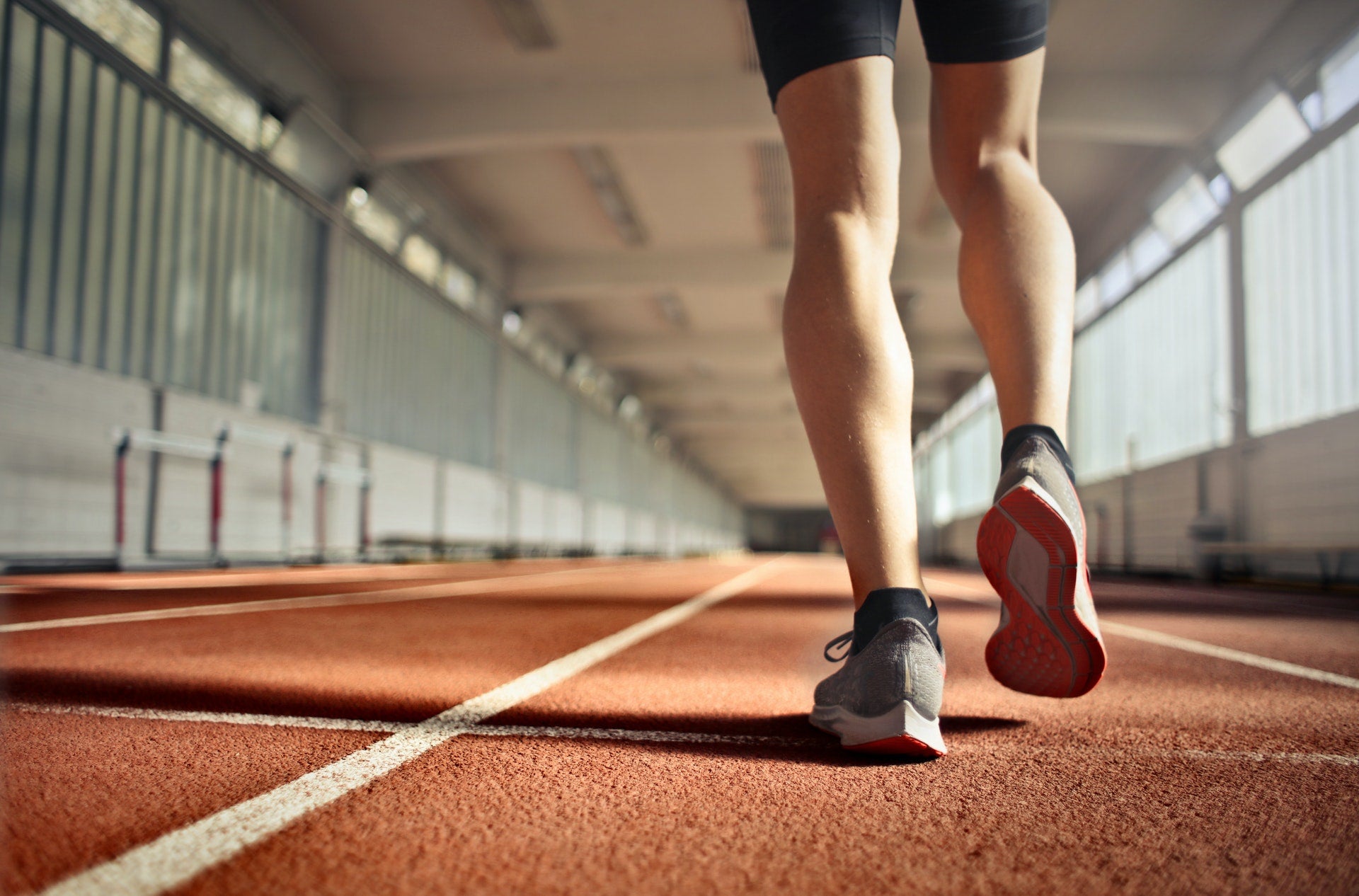
Liam joins us for a Q&A following his podcast with us on rehabilitation, how lockdown affected him and his experience of bioelectrical therapy.
Shed some light on your role
I am a sole practitioner and I look after and help to rehabilitate sports and non-sports people with typically musculoskeletal injuries.
How do you help people to get back into sports?
I want people to return to sports stronger and wiser, so they hopefully won’t get injured again. I like to share my knowledge to make them understand why they may have a problem and what tools can help them take care of themselves.
How has your training changed over time?
Early on in my rehab career, I used to be quite clinical, quite serious and dry and distant from the fitness world and massage world, but I saw how beneficial they are to each other and now embrace those as well!
How did lockdown affect you?
Initially, I had to stop my outdoor fitness class, although I had distancing measures in place. After a few weeks I took my classes online. I really missed the face-to-face contact but I had to adapt to the online zoom classes very quickly.
The benefits were that it felt more personal to work online, for example I was able to work with individuals on breathing techniques and stretching methods, which I couldn’t always do when outside in a big group.
The downside on the rehab s front was that I was definitely slower to adapt to online. But, I did manage to get it working and I really developed my communication skills. I couldn’t offer the support for soft tissue online, so I gave it a miss but looked forward to helping people with it once the lockdown eased. If some of this online practice is actually useful, then maybe ‘telemedicine’ is the way forward for some people. We know some people love this and will have to see how long this will continue. It has actually been a great learning practice and a new ‘tool in the box’ for rehabilitation processes.

How did you come across NuroKor and bioelectronics?
20 years ago I actually trained in electrotherapy and I found it intriguing then, but back then the devices were very large and expensive.
I was working with GB fencing and some rugby clubs and the cost was prohibitive, as well as there being some negative feedback about the use of these devices and lack of evidence.
I love that NuroKor is contributing to this space and first tried the mibody; I think the wearable nature of the mibody is fantastic. It is integral in my cool down after big hikes; it’s super user-friendly and the safety factors are great.
When I am back in full client-facing practice, and we are making good steps towards this, I’m keen to make everybody aware of this as an alternative to taking medicine and its possible side effects.
I’m really keen to learn more about the microcurrent issues re tissue healing, so I will continue my research into bioelectrical therapy. I understand some clients have short-lasting benefits and some have cumulative benefits so I’ll be following these studies with interest. I find the non-pharmaceutical focus attractive to my practice.
I find it fascinating that the technology can offer pain relief, by finding the right level of bioelectricity for each individual.
I see there is huge potential in this field for sports rehabilitation. I really feel personalization for each client is key, so one person’s treatment would be completely different from another.

To learn more about how NuroKor can help recovery:
https://nurokor.co.uk/pages/recovery
Listen to Liam Grimley on the NuroKor Podcast
https://podcasts.apple.com/gb/podcast/016-sports-rehabilitation-sports-science-bioelectronics/id1511753927?i=1000495400732https://www.instagram.com/elevatesport/



